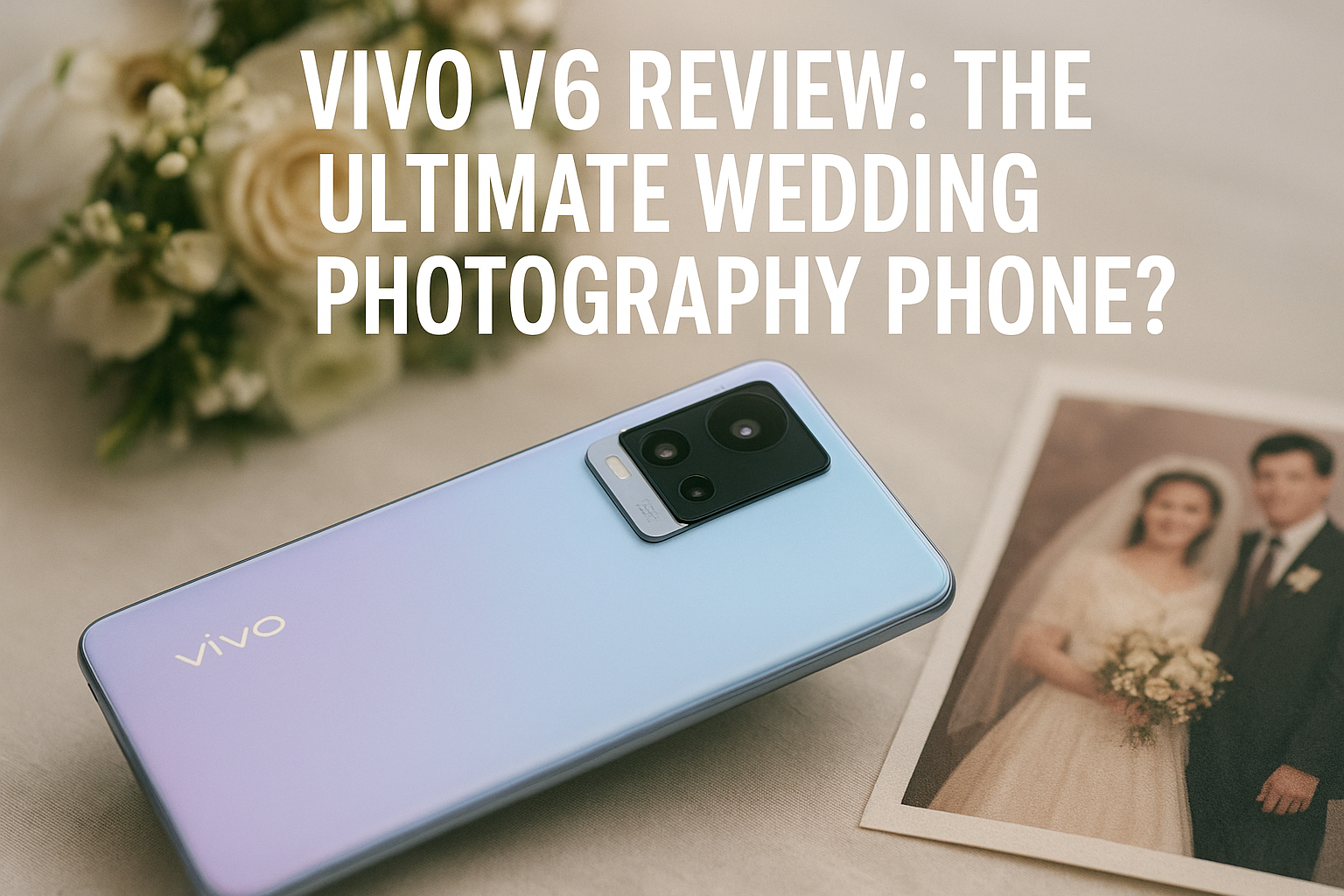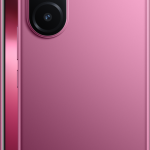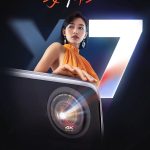We dive deep into whether the Vivo V60 is truly worthy of its billing as the “ultimate wedding photography phone.” From camera specs to real-world performance, feature depth to practical usability — we leave no stone unturned.
1. At a Glance: What Is the Vivo V60?
The Vivo V60 belongs to Vivo’s camera-focused V series, designed to appeal to photography enthusiasts who want a smartphone that can handle serious daylight and event shooting. It aims to bridge the gap between a professional camera and a mobile device, emphasizing portrait modes, Zeiss filters, and a versatile camera array. According to reviews, the V60 houses a Zeiss-backed camera setup including a dedicated telephoto lens.
Many reviewers highlight its pitch as a “wedding photography phone” — marketing that depends heavily on how well it performs under challenging lighting and in dynamic scenes.
2. Design & Build: Elegant Yet Functional
- The V60 is relatively slim at ~7.53 mm, yet accommodates a large battery
- Weight is about 192 g.
- The rear panel uses premium glass, and the frame is designed for grip, though some may prefer flatter edges for better handling during long shoots.
- Durability is enhanced by IP68 + IP69 ratings, giving better protection against water, dust, and incidental splashes
- Gorilla / Schott glass (Schott Xensation Core) is claimed to bolster impact resistance.
Overall, the design is premium without being overtly flashy — a good trait for a phone intended for weddings, where discretion and polish matter.
3. Display & Visual Experience
- A 6.77-inch AMOLED display is employed, with support for 120 Hz refresh rate.
- Peak brightness is in the range of 5,000 nits (or ~5000 nits) in HDR / boost modes, making it usable even under bright sunlight.
- The panel supports HDR10+ and wide colour gamut (P3) — useful when reviewing vivid images on the go.
- Colour accuracy is generally good, but default tone leans vivid; you can switch to Zeiss or natural colour filters in the camera app.
In short: a bright, smooth, high-fidelity canvas to preview your wedding shots.
4. Camera System: Zeiss Partnership, Triple Setup
Main (1×) Vision
- Uses a 50 MP sensor (likely Sony IMX or equivalent), with f/1.9 aperture, OIS, and PDAF support.
- Pixel binning is used to improve low-light sensitivity by combining pixels — unless you select high-resolution mode.
Telephoto (3× Optical)
- A dedicated 50 MP telephoto (Sony IMX882, per rumors) with f/2.7, having 3× optical zoom and 10× or more digital zoom as extension.
- This inclusion makes the V60 more compelling for portrait and mid-distance shots.
- The telephoto lens also supports optical stabilization, which helps with sharpness at longer focal lengths.
Ultral-wide (0.6×) and Its Tradeoffs
- Curiously, the ultrawide lens is just 8 MP (f/2.0) with fixed focus (no autofocus), and FOV ~120°.
- This is a notable compromise: ultrawide shots are softer, limited in detail, especially in low light.
Selfie & Portrait Modes
- The front camera is 50 MP, with autofocus and ability to render bokeh.
- Portrait modes include multiple Zeiss portrait lens choices (e.g. 85 mm, 100 mm focal length options) and Aura Light (continuous lighting) modes.
- Bokeh and filter options (like Sonnar / Planar / Biotar styles) let you stylize background blur.
Video Capabilities
- It supports 4K at 60 fps (rear) in at least main and telephoto lenses.
- The selfie cam can shoot 4K at 30 fps.
- Some reviewers note missing 4K 60 fps options in certain modes (or limitations) which might hinder high-end video work.
5. Image Quality: Daylight, Portraits, Night & Low Light
Daylight Scenes
- In good lighting, the V60 excels: sharp detail, good dynamic range (especially in highlights + shadows), accurate exposure.
- Zeiss filters help with refined colour toning without overprocessing.
Portraits & Wedding Shots
- The telephoto + portrait modes give the V60 an edge for environmental and close-up portraits, with subject separation and pleasing bokeh.
- Edge detection is good, especially for subjects with clear contrast. In dense hair or fine details, some artifacts may appear.
- The “Wedding Vlog” filter / mode (in Micro Movie) and built-in styling help in quick social media-ready edits.
Night & Low Light
- The 1× main camera does well in night mode, better than the ultrawide’s poor performance.
- Telephoto’s performance degrades beyond 2–3×; the digital zooms beyond 10× show grain and oversharpening artifacts.
- Some limitations: haloing in high-contrast scenes, noise in shadow regions.
One reviewer succinctly put it:
“Its ultra-wide lens is its weakest link — soft, low-res, and lacking autofocus.”
6. Software, Modes & Creative Tools
- V60 runs FuntouchOS 15 on top of Android 15.
- Vivo has promised 4 years of OS updates + 6 years of security patches.
- The camera app is rich with modes: Pro, RAW, High-res, Zeiss filters, Aura Light, Magic Erase, object removal, AI expand, etc.
- Micro Movie mode bundles video + preset filters + music to generate short cinematic clips (including a dedicated “Wedding Vlog” option).
- Customization: You can rearrange camera mode shortcuts, double-press volume for quick launch, etc.
While powerful, some users note that the UI is a bit busy; switching between modes may reset settings, and users may need time to master it.
7. Performance & Hardware Under the Hood
- The V60 is powered by Qualcomm Snapdragon 7 Gen 4.
- RAM / storage options include 8/128, 12/256, and 16/512 GB variants.
- In benchmarks, it scores ~1 million (10 lakhs) in AnTuTu, with moderate multi-core / single-core results.
- Under sustained load (e.g. gaming), it handles well, though heavy titles like Genshin Impact may require lowered settings.
- Thermal control is reasonable — it doesn’t heat up excessively in photography or moderate workloads.
In effect: it’s not a flagship-level speedster, but more than competent for everyday tasks, photo workflows, and casual gaming.
8. Battery Life & Charging
- The battery capacity is 6,500 mAh, one of the largest in its class.
- It supports 90W wired FlashCharge.
- In lab tests, charging from ~20→100% takes around 47 minutes (using the bundled charger).
- Battery endurance: moderate to heavy use (camera, social media, video, calls) easily lasts a full day; light use can stretch it beyond.
- Reverse wired charging is supported, enabling the V60 to top up other devices (e.g. earbuds).
For a wedding shoot day, that 6,500 mAh battery is a major strength: you can likely last through ceremonies and receptions without seeking a plug repeatedly.
9. Real-World Use: Wedding Shoots & Events
When assessing whether V60 is a viable tool for weddings, these real-world factors matter:
| Scenario | Strength | Limitation / Caution |
|---|---|---|
| Indoor dim lighting (receptions) | Main camera + night mode can yield usable images | Telephoto and ultrawide suffer; you must manage ISO / shutter tradeoffs |
| Portrait sessions (couple, guests) | Telephoto + bokeh modes shine | Edge artifacts in complex scenes (hair, lace) may require retouching |
| Group / wide shots | Main + limited ultrawide can capture the scene | Ultralide’s softness and lack of autofocus may disappoint |
| Event videography | 4K video, Micro Movie modes help generate stylized short clips | Lack of 4K 60fps in some modes; video stabilization under movement is tested |
| Power & continuity | Large battery + fast charge are advantageous | You’ll still want a backup power bank or charger for extended coverage |
| Workflow & speed | Instant review on vivid display, creative filters on-the-fly | Switching modes resets settings; mastering the UI is key |
In many weddings, flexibility and speed matter more than perfect specs. The Vivo V60 is a compelling option when paired with smart planning: carry a backup battery, know mode transitions, and plan for difficult lighting (e.g. bring off-camera lighting if needed).
10. Strengths, Weaknesses & Who Should Buy
Strengths
- Exceptional portrait & telephoto capabilities thanks to a dedicated 3× lens and Zeiss tuning.
- Large battery + fast charging, ideal for long shoot days.
- Rich creative toolset & filters, especially for weddings and stylized output.
- Bright, high-quality display that helps in framing and reviewing shots.
- Soft, premium design with durable build and high IP rating.
Weaknesses / Tradeoffs
- The ultrawide 8 MP lens is underpowered and limiting.
- Low-light performance is solid in main cam, but weaker in secondary lenses.
- Video mode restrictions (e.g. missing 4K 60fps in some lenses) affect videographers.
- Camera UI complexity; mode switching can reset settings.
- Performance is good but not class-leading; heavy gaming needs compromises.
Who Should Buy It?
- Hobbyists and semi-pros who focus heavily on portraits, couple shoots, and editorial wedding work.
- Creators who prefer styling and on-device filters rather than heavy post-processing.
- Users who prioritize battery life, consistency, and versatility in day-to-day use.
- But professionals needing top-tier low-light video or ultimate ultrawide fidelity might still prefer full-fledged DSLRs / mirrorless systems with a secondary smartphone as backup.


